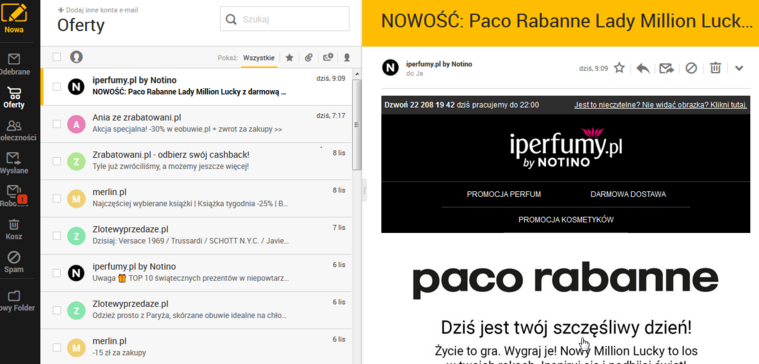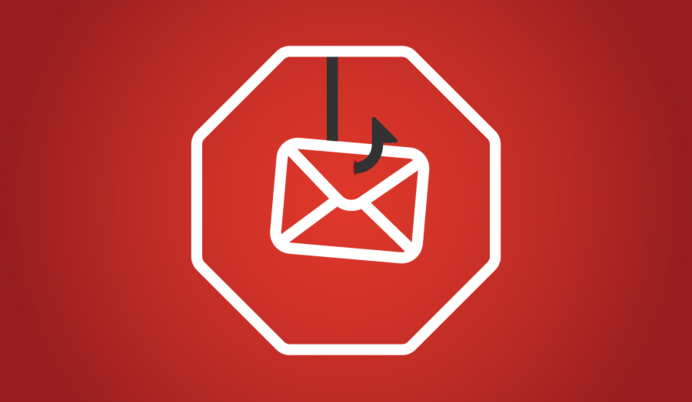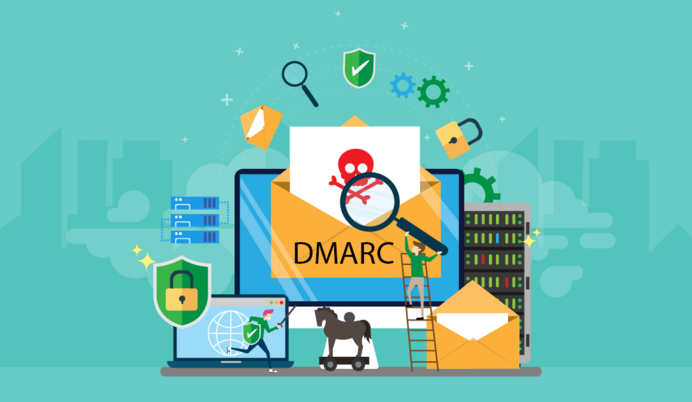BIMI - acronym email marketers shoud be interested in
The world of email is full of acronyms - from MTA and MUA to SMTP, SPF, DKIM to DMARC, ARC, ARF, or DSN, most of them are not so interesting to marketers. But BIMI is an acronym that every marketer should now know. It means Brand Indicators for Message Identification.
As the name itself says this is "brand indicators for message identification" - in layman’s terms the sender logo. You may now argue that this is nothing new, because that’s what the icon link in the header is for, but it is not so simple ...

Links to icon, often known as favicon, are a solution taken from the web world where the browser during the page loading queries the image specified in the header, or the default favicon.ico file of the web site. Some of the e-mail clients (also known as MUA - Mail User Agent) then took over the behavior and load the logo from the header link. Therefore, if your email contains a header with a link, the identifier you specify will appear on those clients.
Another solution for displaying identifiers in email clients is to use Gravatars. It is a popular solution that was originally designed primarily for web-based discussion boards but has since been widely used in many other locations, such as e-mail clients.
However Gravatar has never had 100% support and e-mail client developers have come up with another solution, especially on mobile devices, by taking identifiers from social networks. This worked well mainly for contact photos, but significantly worse for company logos, where it often happened that the logo of another company or an old version of the logo was displayed.
Because companies need to follow their own brand presentation and logo guidelines, email client developers have started to find the right logos by themselves, or in collaboration with individual brands, and embed them directly in their applications. This, of course, brought with it a considerable amount of work and limited the availability of this feature primarily to well-known (mostly American) brands.
These issues were recognized by both e-mail client developers and e-mail services such as Gmail, Yahoo, and Outlook, and led to the idea of creating a new standard that would give brands control over their identification. At the same time, the new standard is intended to help the deployment of email authentication using DMARC, by requiring the use of "quarantine" or "reject" rule in the DMARC record as a condition for its use.
BIMI logo definition itself is done by a simple DNS entry that defines the URL address where the SVG logo is available:
default._bimi IN TXT "v=BIMI1; l=https: //logo.url/file.svg;"
The recipient's e-mail client then verifies that the domain uses a strict DMARC rule and, if so, the logo defined by the BIMI record can be loaded. It is, of course, on the recipient's email client to assess whether the found logo should be displayed, for example based on the sender's reputation.
But opportunities for marketers are not limited to one single logo. When designing the standard, the possibility of using multiple logos was also considered. Imagine a brand that uses a single domain for different markets and needs a different logo for each market, or wants to use different logos for seasonal marketing events. It is thus possible to have a seasonal logo, which will be used for campaigns before Christmas, Easter or Black Friday. For this purpose it is possible to use so-called selectors, which refer to the particular BIMI record in the header of the e-mail message:
blackfriday._bimi IN TXT "v=BIMI1; l=https: //logo.url/blackfriday/file.svg;"
In this case, the logo from this BIMI record would only be used when the "BIMI-Selector: v=BIMI1; s=blackfriday;” header is in place which must also be part of the DKIM signature. For all messages that do not use this selector, the default._bimi domain record would then be used.
With BIMI, marketers will gain additional brand recognition right at the mailbox level. Even though BIMI is not yet fully standardized, it is already fully supported by Yahoo Mail. Future support is planned by Gmail, Mail.ru, 1 & 1 and many others.
Want to give BIMI a try? Check out our BIMI validator and generator.











